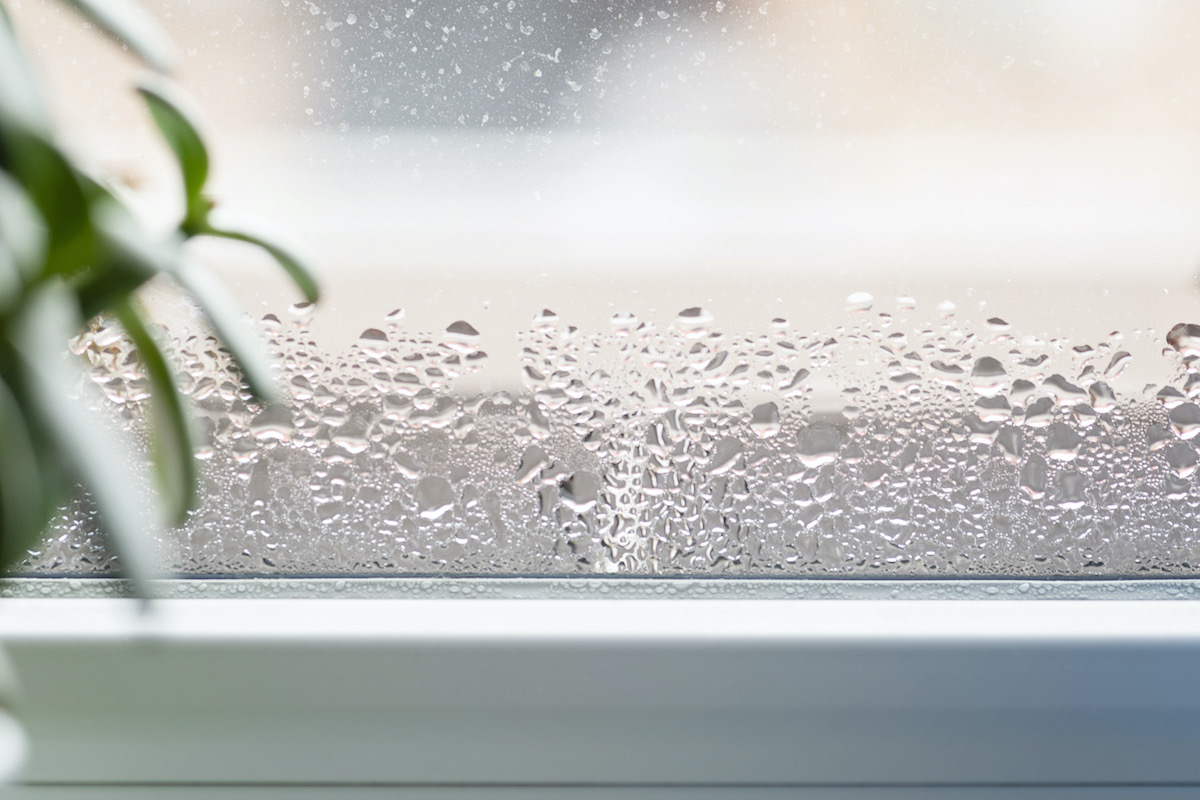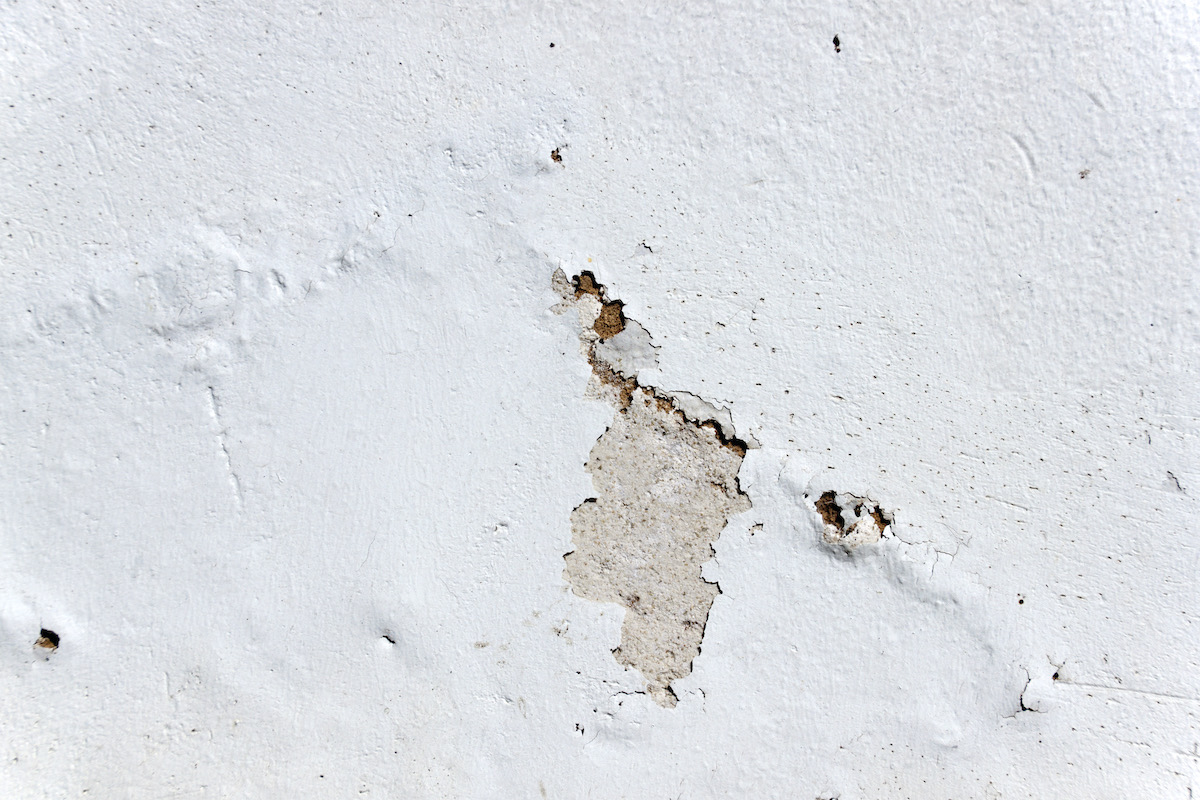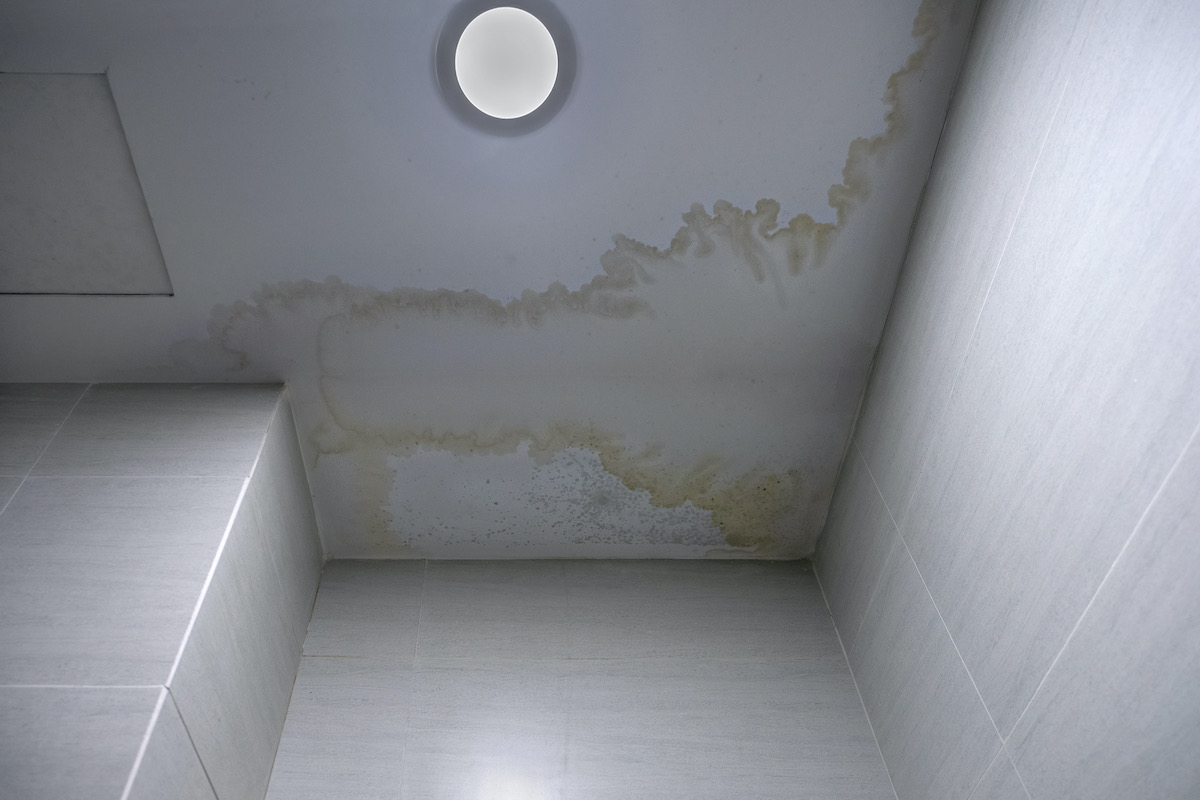In the most basic terms, damp is simply excess moisture.
But damp is a word that can strike fear into homeowners and landlords alike. Worries over the health implications of persistent exposure to damp and the potential for structural damage make it easy to see why. But, with prompt identification and treatment, damp needn’t be a huge issue.
Today’s post will show you how to spot damp and what to do if you find some in your home.
Let’s get to it, shall we?
Why damp is a tricky subject
It’s probably safe to say, damp is dreaded by most of us.
However, in many instances, it really isn’t as serious as it looks. Sure, it will be unsightly and need addressing, but the majority of cases are easily treated once the root cause has been identified. The problems arise when damp is left untreated. Left to its own devices, damp can have health implications and even cause structural damage, which is why damp has such a bad name.
Your key takeaway here from this article should be: If you spot damp, do something about it.
Different kinds of damp found in residential properties
Damp can be caused by many factors, and you must identify the specific type of damp before attempting to treat it.
The three most common types of damp found in UK homes are:
Condensation

Condensation is caused by excess moisture in the air, which can occur when a property is poorly ventilated. This type of damp often appears as black mould on walls and ceilings and can lead to health problems such as asthma and allergies.
Rising damp

Rising damp occurs when groundwater rises up through the walls and floors of a property. It can cause damage to plaster and paint, as well as structural damage if left untreated.
Penetrating damp

Penetrating damp is caused by water entering a property through leaks in the roof or walls. This type of damp can cause damage to plaster and paint, as well as structural damage if left untreated.
Identifying the specific type of damp is a vital step towards finding an effective treatment. If you're unsure about the type of damp in your property, it's always best to consult a professional.
Where to look for damp
Knowing where to look for damp is key to catching it early and preventing it from causing serious damage.
Damp can appear in any room in a property, but it's most commonly found in bathrooms, kitchens, and basements. In bathrooms, damp can often be found around the shower or bath, on the walls and ceilings. In kitchens, damp can be found around sinks, and in basements, damp can be found on walls and floors.
It's also important to check for damp in hidden areas such as behind furniture, under carpets, and inside cupboards. Look for signs such as a musty smell or discoloured patches on walls or ceilings.
Early detection is key to preventing serious damage and expensive repairs, so it's important to regularly check for damp in your property, especially in areas prone to moisture.
Getting rid of damp
Getting rid of damp can be a difficult and time-consuming process, but it's essential to prevent it from causing further damage to your property and your health.
The treatment for damp will depend on the specific type of damp and the severity of the problem. For condensation, improving ventilation in the affected area is often the first step. This can be achieved relatively easily. Opening windows, using extractor fans or dehumidifiers, and ensuring that there is adequate insulation will solve 99% of condensation issues. In severe cases, it may be necessary to install a mechanical ventilation system.
For rising damp, the most effective treatment is usually to install a damp-proof course (DPC), which is a barrier inserted into the walls to prevent moisture from rising. This is a job for a professional, and it's important to ensure that any damaged plaster or paint is removed before the DPC is installed.
Penetrating damp can be more difficult to treat, as it often requires identifying and repairing the source of the water ingress. This may involve repairing leaks in the roof, gutters or pipes, or installing a waterproof membrane to prevent water from penetrating the walls.
In severe cases of damp, it may be necessary to remove damaged plaster and treat any structural damage caused by the damp. It's important to consult a professional if you're unsure about the extent of the damage or the appropriate treatment.
Overall, prevention is the best cure for damp. Regularly checking for signs of damp and taking steps to improve ventilation and insulation can go a long way in preventing damp from occurring in the first place.
Preventing damp
So, now we know that preventing damp is always the best course of action, you’re probably wondering what you need to do.
Here are some tips to help keep your home dry:
Improve ventilation
Good ventilation is essential to prevent condensation and dampness. Ensure that your home is adequately ventilated by opening windows, using extractor fans or dehumidifiers, and ensuring that there is adequate insulation.
Repair leaks promptly
Leaks from roofs, gutters, pipes, or appliances should be fixed promptly to prevent water from entering your home.
Keep your home warm
Maintaining a constant temperature in your home can help to prevent condensation. You should aim to keep your home heated to at least 18°C throughout the day and 15°C at night.
Use waterproof materials
In areas that are prone to damp, such as bathrooms and kitchens, use waterproof materials such as tiles, water-resistant plaster, or paint.
Avoid drying clothes indoors
Drying clothes indoors can create excess moisture in the air. If you must dry clothes indoors, ensure that the room is well ventilated or use a dehumidifier to remove that excess moisture from the air.
Keep your home well-maintained
Regularly check for any signs of damage to your roof, gutters, pipes, or walls, and fix any issues promptly to prevent water ingress.
By following these simple tips, you can help to prevent damp and keep your home dry and healthy.
How to spot major damp problems when viewing property
When viewing a property, it's essential to be on the lookout for any signs of damp.
Here are some key things to keep an eye, and nose, out for:
- Musty smells: If the property has a damp or musty smell, it's likely that there is an issue with damp.
- Staining on walls and ceilings: Watermarks or staining on walls or ceilings are signs of water ingress and could indicate a damp problem.
- Peeling or bubbling paint or wallpaper: This can be a sign of excess moisture in the walls, which can lead to damp.
- Crumbling plaster: Damp can cause plaster to crumble or become soft and spongy.
- Mould growth: Look out for any visible signs of mould growth, which can potentially be a health hazard and a sign of underlying damp issues.
- Cold spots: Cold spots on walls or ceilings can indicate that there is a lack of insulation, which can lead to damp.
If you are vigilant of these signs, you can identify potential damp issues before making an offer on a property. Don’t be afraid to ask the estate agent and/or seller if there has been a history of damp in the property either.
What should I do if my survey says damp is present?
If your survey reveals that there is damp present in the property you are considering buying, it's essential to take action before completing the purchase.
Here are some steps you can follow:
- Seek professional advice: Speak to a qualified damp specialist who can assess the extent of the problem and provide you with a report outlining the necessary repairs and costs.
- Negotiate with the seller: If damp has been identified, you can negotiate with the seller to reduce the price or carry out the repairs before completing the purchase.
- Consider the costs: Take into account the cost of repairs and factor them into your budget before proceeding with the purchase.
- Ensure repairs are carried out by a qualified professional: If repairs are required, ensure they are carried out by a qualified and experienced specialist to avoid any further issues.
- Regularly monitor for damp: Once repairs have been carried out, regularly monitor for signs of damp to ensure that the problem has been fully resolved.
Taking these steps will ensure any damp issues are addressed before completing the purchase, saving you time and money in the long run.
That’s it for another week. If you’re looking to move home in or around the capital, call Petty’s. With over 100 years in the property market behind us, we know a thing or two about the local housing market, so give our experts a ring if you’re looking to move anytime soon.
Our team of friendly agents are on hand to offer any advice or guidance you may need to help make your sale and/or purchase as smooth as possible.

As one of our Sales Negotiators, Richelle engages with clients on a daily basis. Her previous professions include performing and hospitality, so she has taken to her role with us effortlessly. A keen meditator, Richelle is kind, caring, and a respected part of Team Petty’s.
020 3370 8786 / Email Directly